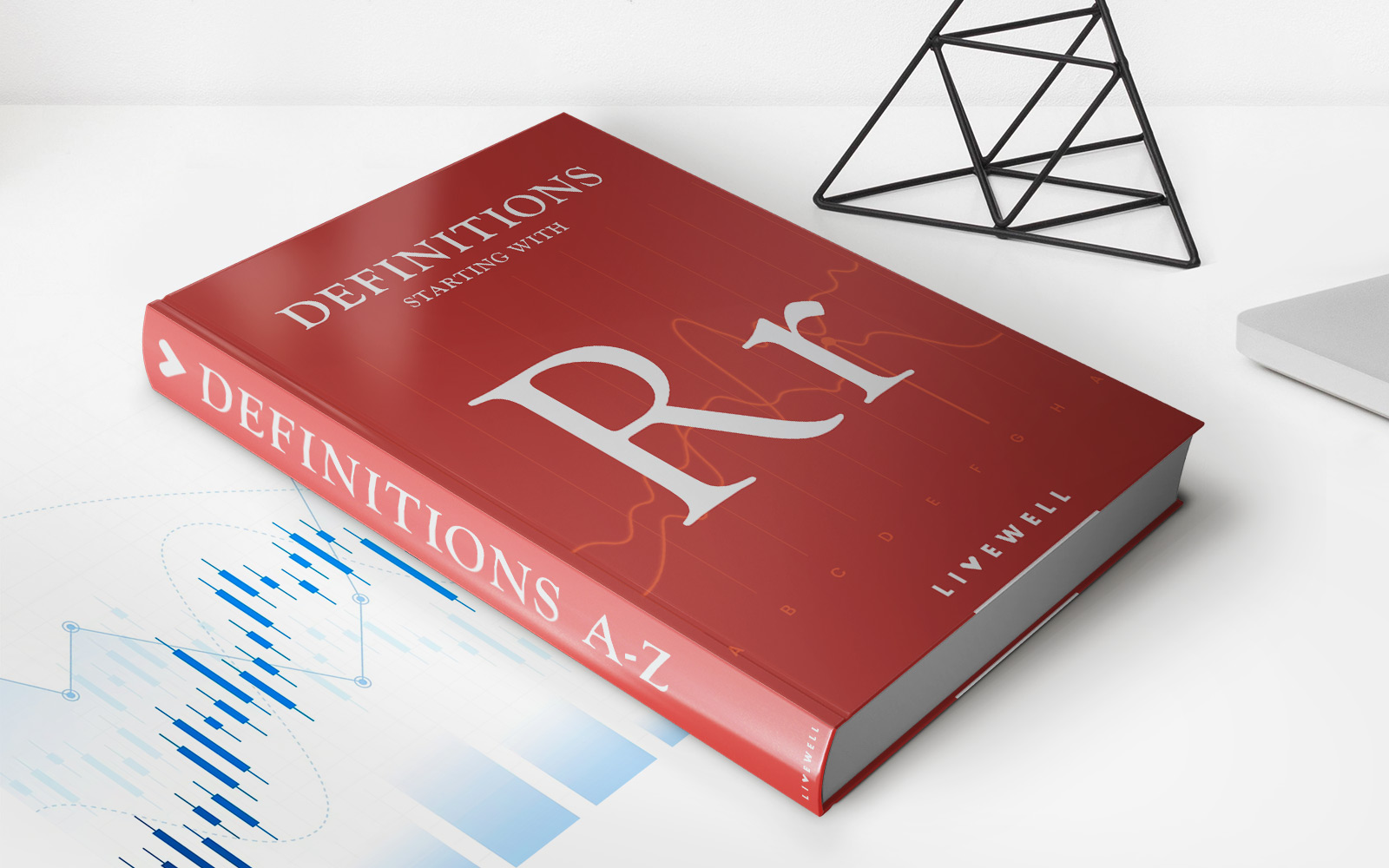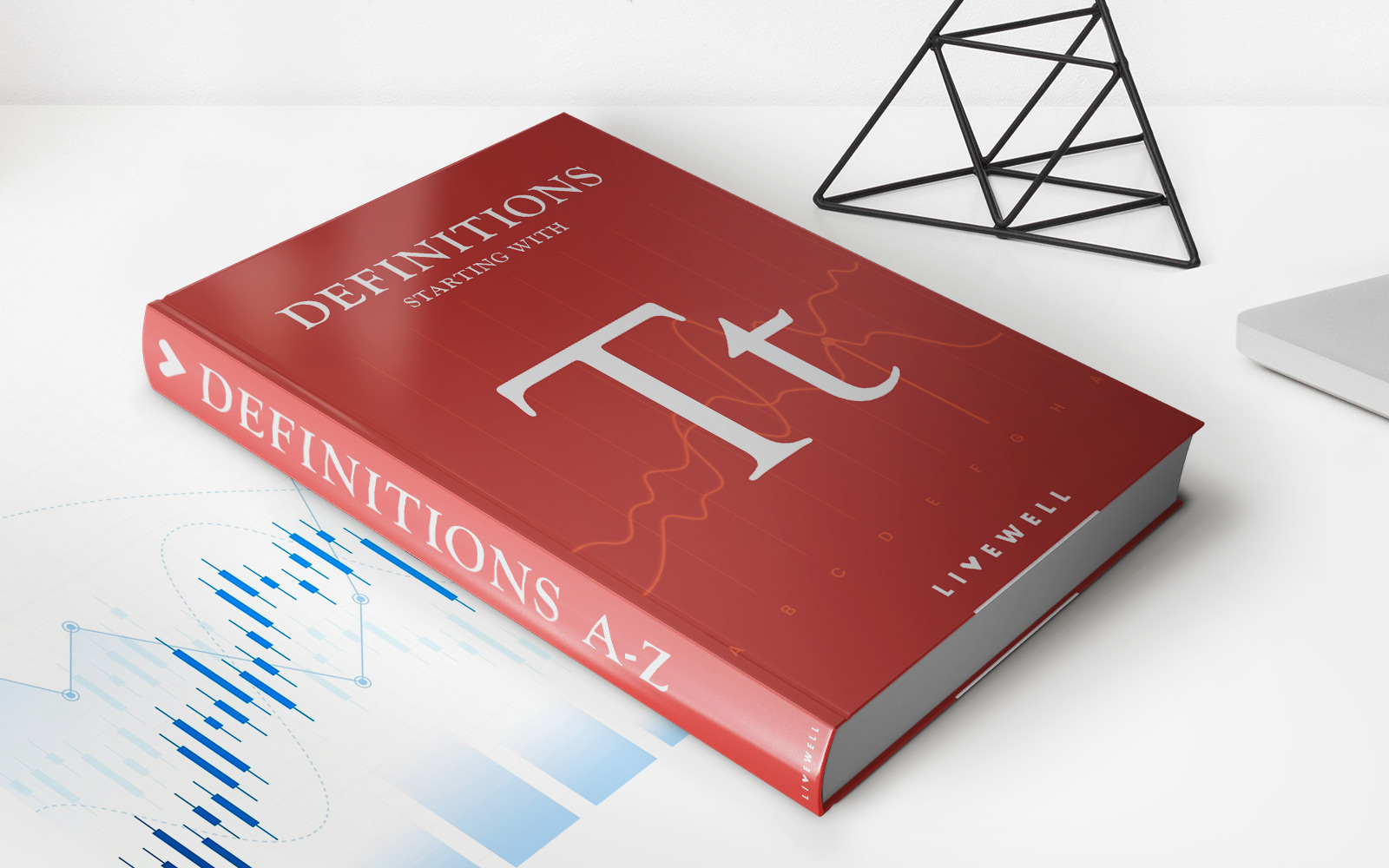

Finance
Gold Reserve Act Of 1934 Definition
Published: December 1, 2023
Learn the definition of the Gold Reserve Act of 1934, a significant financial legislation that impacted the US economy during the Great Depression.
(Many of the links in this article redirect to a specific reviewed product. Your purchase of these products through affiliate links helps to generate commission for LiveWell, at no extra cost. Learn more)
The Gold Reserve Act of 1934 Definition: A Historical Guide to U.S. Financial Policy
Welcome to our “FINANCE” category, where we delve into various aspects of the world of finance! In this blog post, we will explore the Gold Reserve Act of 1934, a pivotal event in U.S. financial history. If you’ve ever wondered what exactly the Gold Reserve Act of 1934 is and how it impacted the nation’s economy, you’ve come to the right place!
Key Takeaways:
- The Gold Reserve Act of 1934 was a response to the economic challenges of the Great Depression and aimed to stabilize the U.S. economy.
- This Act helped in strengthening the role of the Federal Reserve and established a fixed price for gold that lasted until 1971.
The Gold Reserve Act of 1934 was a significant legislation passed during the presidency of Franklin D. Roosevelt in response to the economic turmoil brought on by the Great Depression. This Act aimed to stabilize the economy and restore public confidence in the U.S. financial system.
The Act had several important consequences that shaped the nation’s financial policies for decades to come. Here are the key takeaways:
1. Strengthening the Role of the Federal Reserve:
One of the central objectives of the Gold Reserve Act of 1934 was to bolster the role of the Federal Reserve System within the U.S. financial system. This Act transferred ownership of all monetary gold to the Federal Reserve Banks, making them the sole entities authorized to hold gold reserves. The aim was to centralize control over the nation’s gold reserves and allow the Federal Reserve to effectively manage the money supply.
2. Establishing a Fixed Price for Gold:
Prior to the Gold Reserve Act, the United States followed the gold standard, where the value of the U.S. dollar was directly tied to a fixed amount of gold. However, due to the economic challenges of the Great Depression, this standard became increasingly difficult to maintain. The Act established a fixed price of $35 per ounce for gold, effectively devaluing the U.S. dollar. This move aimed to promote inflation and stimulate economic recovery.
These key takeaways demonstrate the significant impact that the Gold Reserve Act of 1934 had on the U.S. economy. By strengthening the role of the Federal Reserve and establishing a fixed price for gold, the Act laid the foundation for future monetary policy and helped stabilize the nation’s financial system during a time of crisis.
We hope you found this guide to the Gold Reserve Act of 1934 informative and insightful. Stay tuned for more finance-related content on our blog, and feel free to explore other categories on our website. If you have any questions or topics you’d like us to cover, please reach out to us. Remember, understanding historical financial events can provide valuable insights into the present and guide us towards a more prosperous future.














